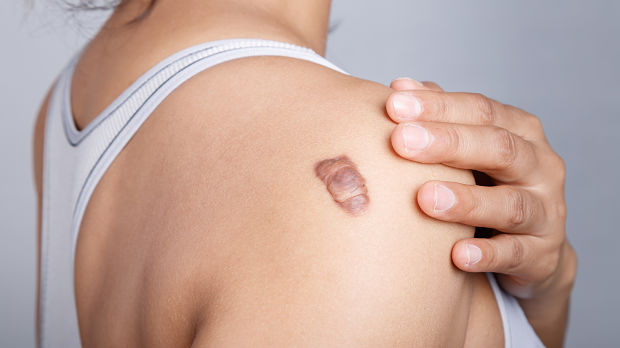
Pediatric Keloids More Common Than Previously Thought
Keloids are thought to be rare in children as they are most commonly seen in the second decade of life. This is thought to be due to the pathogenesis of the disorder brought on by hormonal changes in people in young adult hood.
A recent study examined the demographic characteristics of non-burn-related keloids in children presenting to a plastic surgery outpatient department. The study looked at children who presented with keloids over a period of six years. Authors gathered data including age, age at onset of the lesion, site and size, family history of keloids, modalities of treatment, and outcome of treatment. The modalities of treatment were intralesional keloid excision, intralesional triamcinolone, silicone therapy, and pressure therapy.
The results showed that about 13% of the patients with keloids in that time period were children. They were mostly female, and the mean age at presentation was just over 12 years; more than half were adolescents. The mean age at the onset of keloid lesions was 9 years. Most of the treated subjects underwent a multimodal treatment that included surgery. Keloids affect females more than males, and the authors hypothesize that ear piercing may be a risk factor. The size of a keloid was related to the frequency of recurrence; that was the only factor in this study that was significantly related.
Previous studies have pointed to treatment modalities as a possible variable that predicts recurrence, but that was not confirmed in this sample. The authors state that although this study provides further evidence that keloids are most common after the second decade of life, they are not rare in children.
Byline: Martha L. Sikes, MS, RPh, PA-C
Posted: January 8, 2018
Source: Wiley Online
Adapted from the original article.
[Image: Shutterstock]







